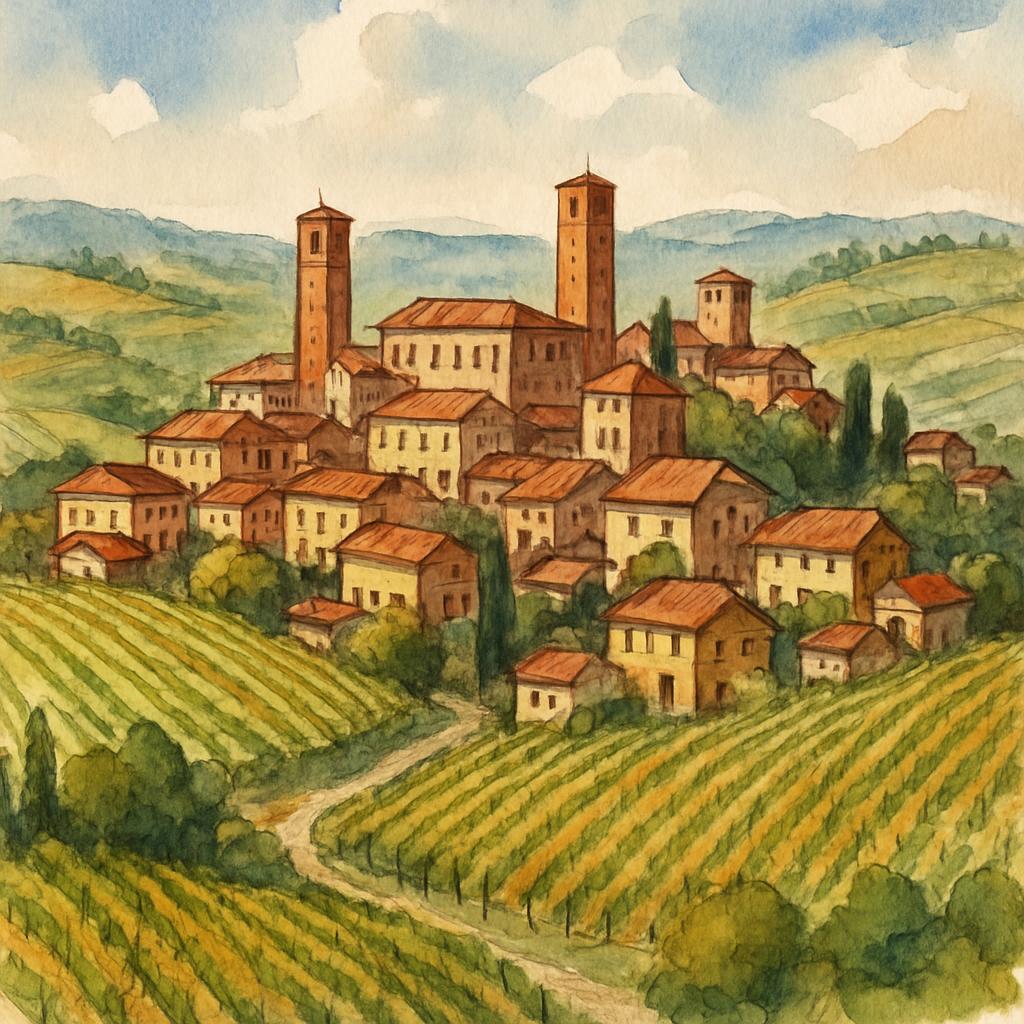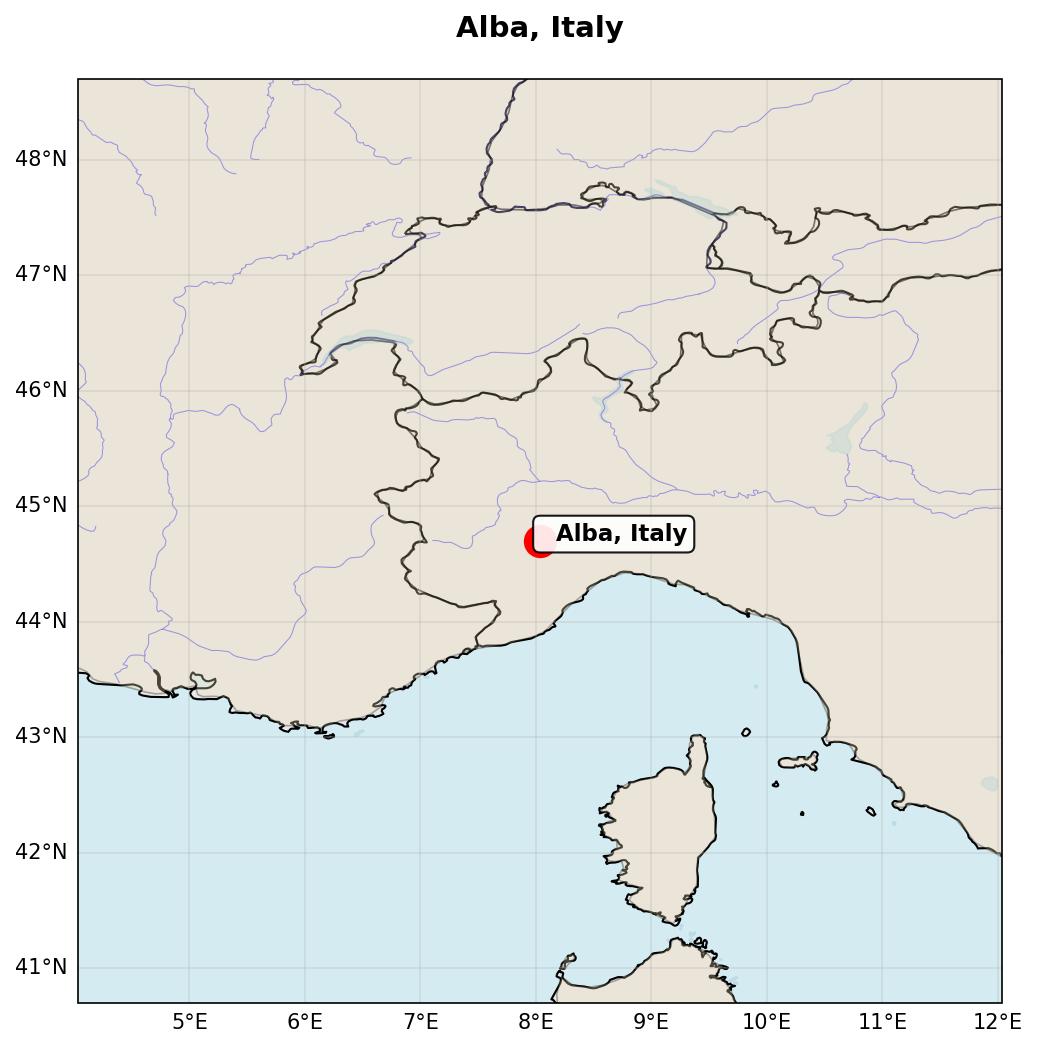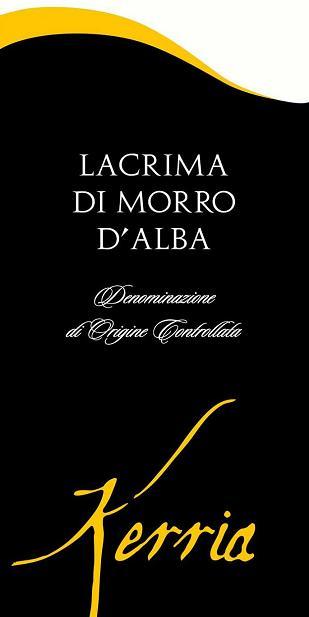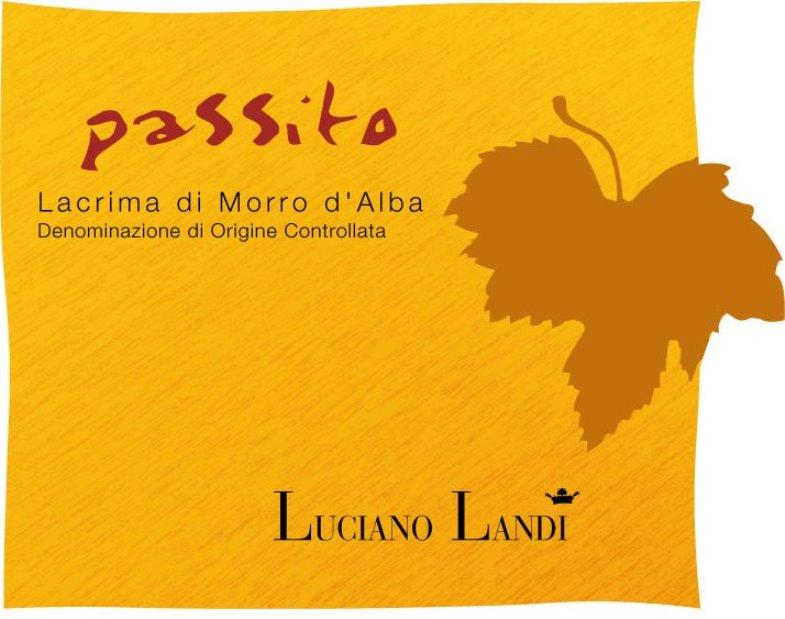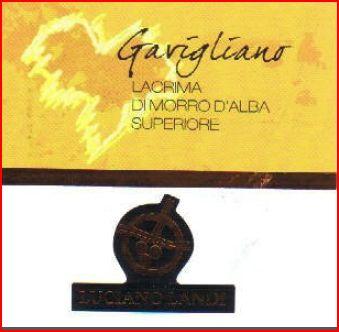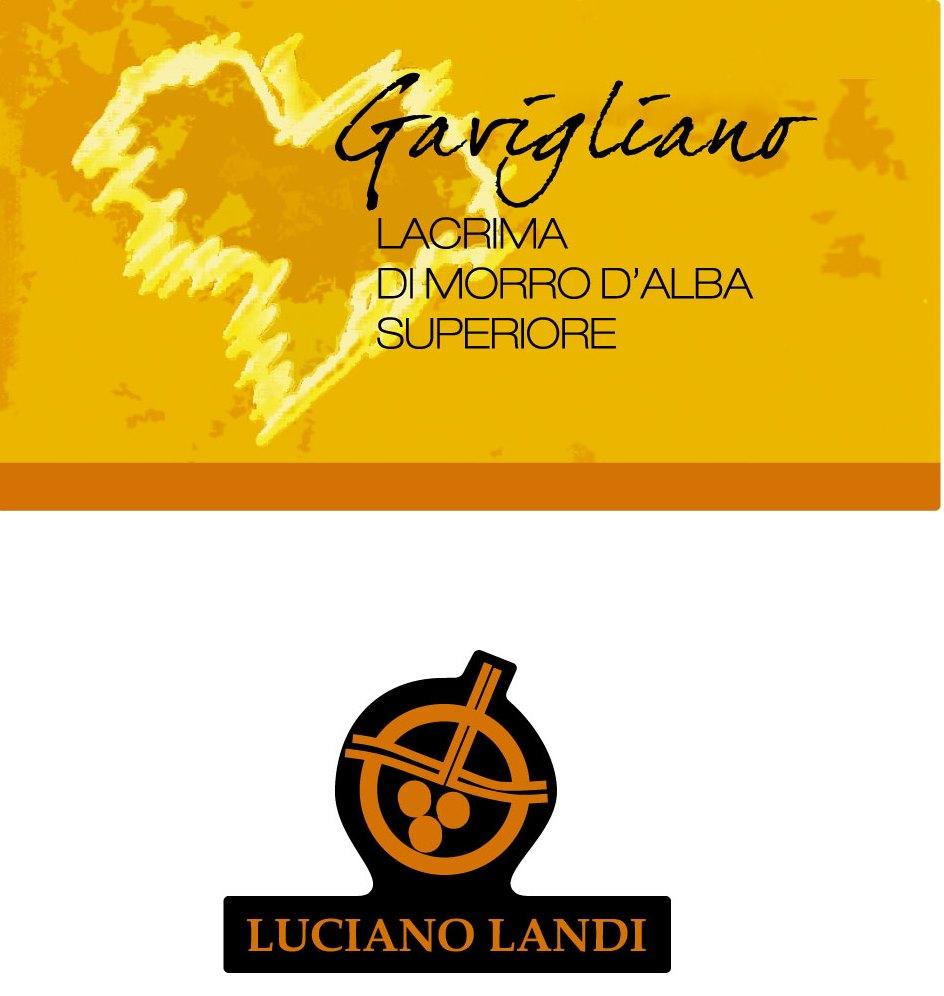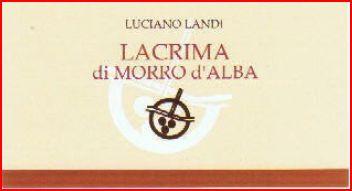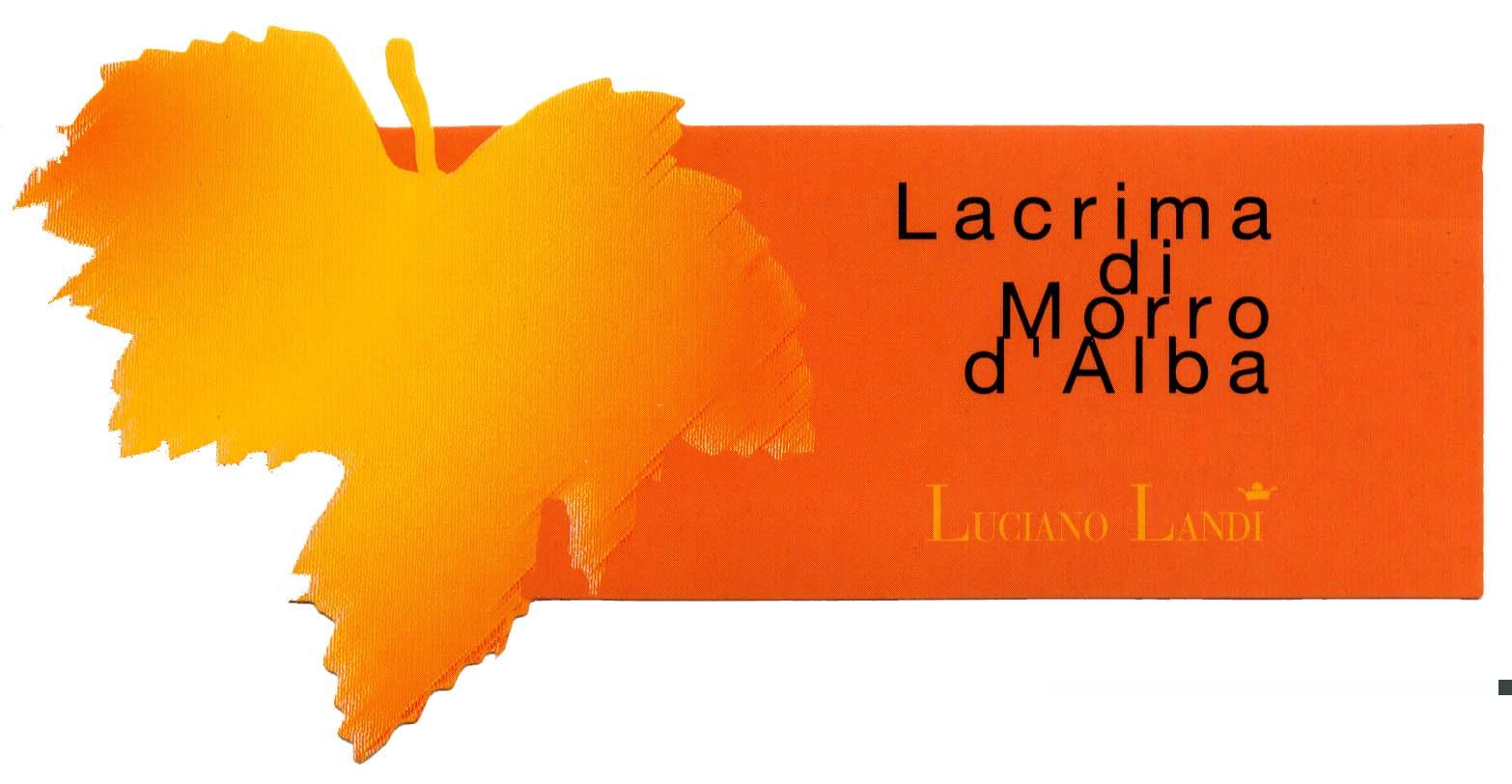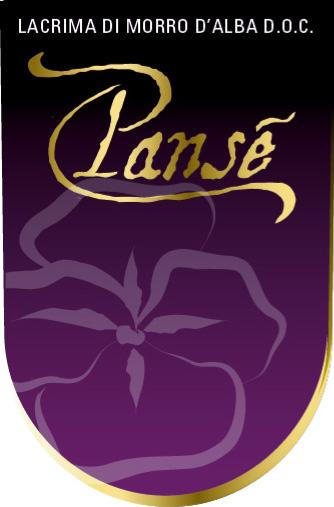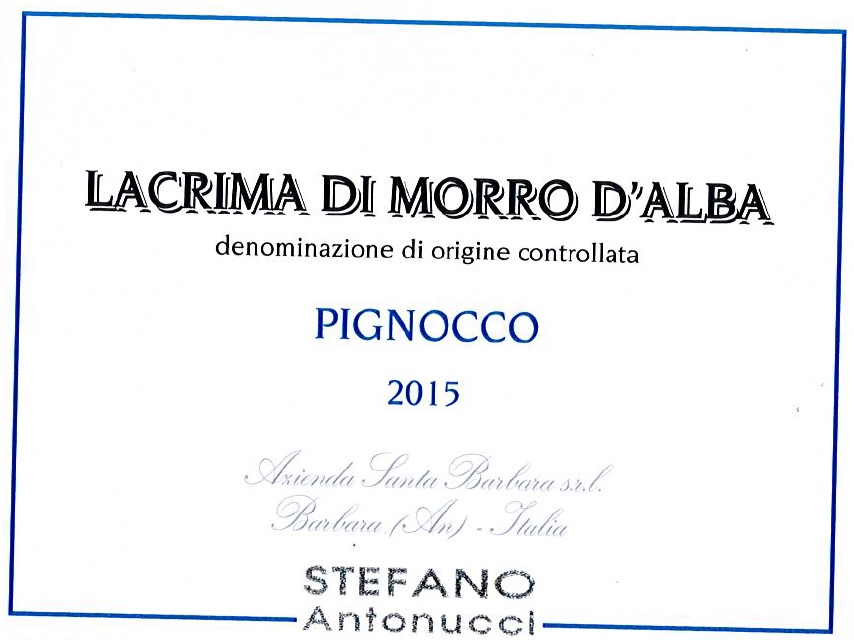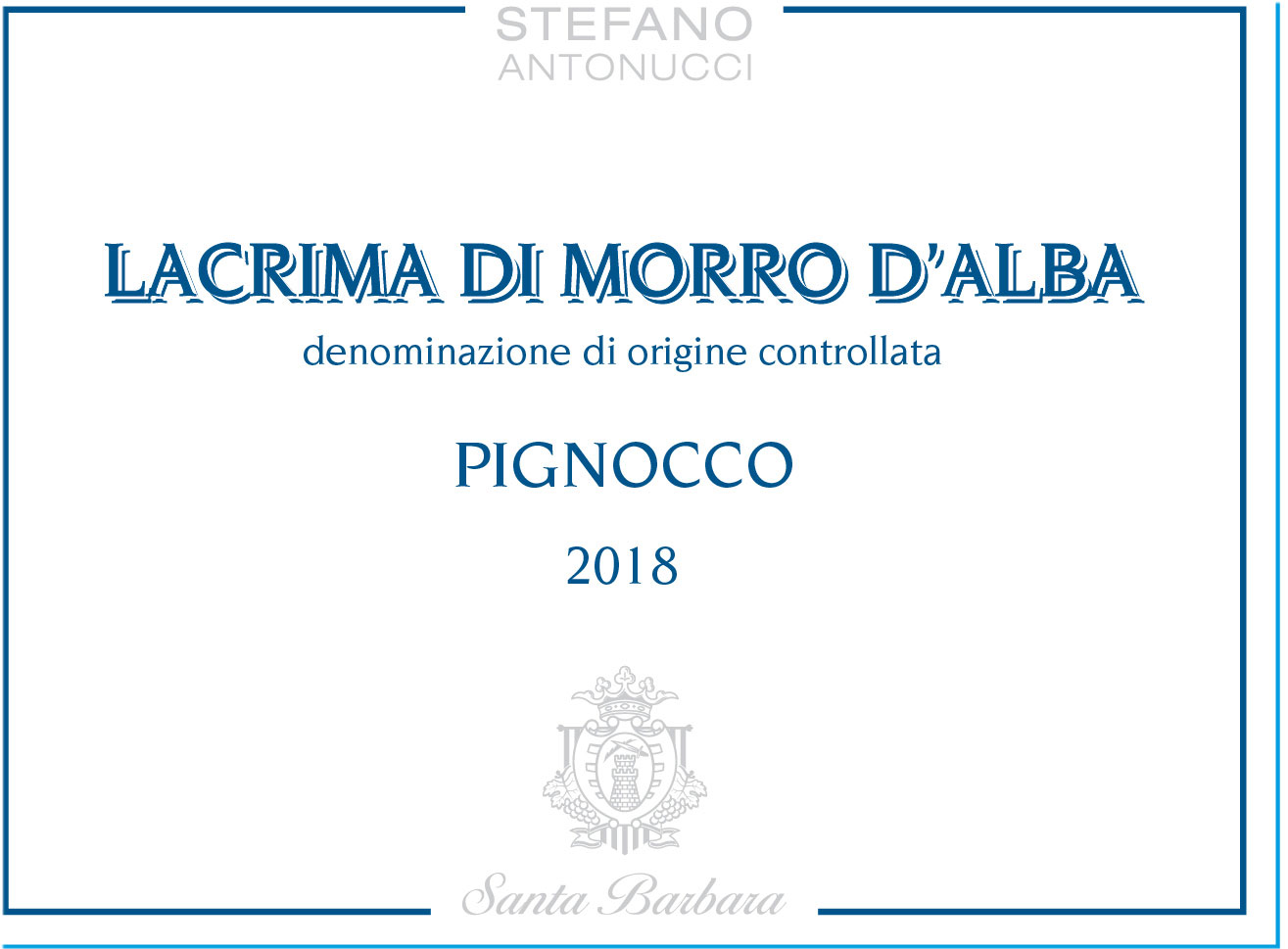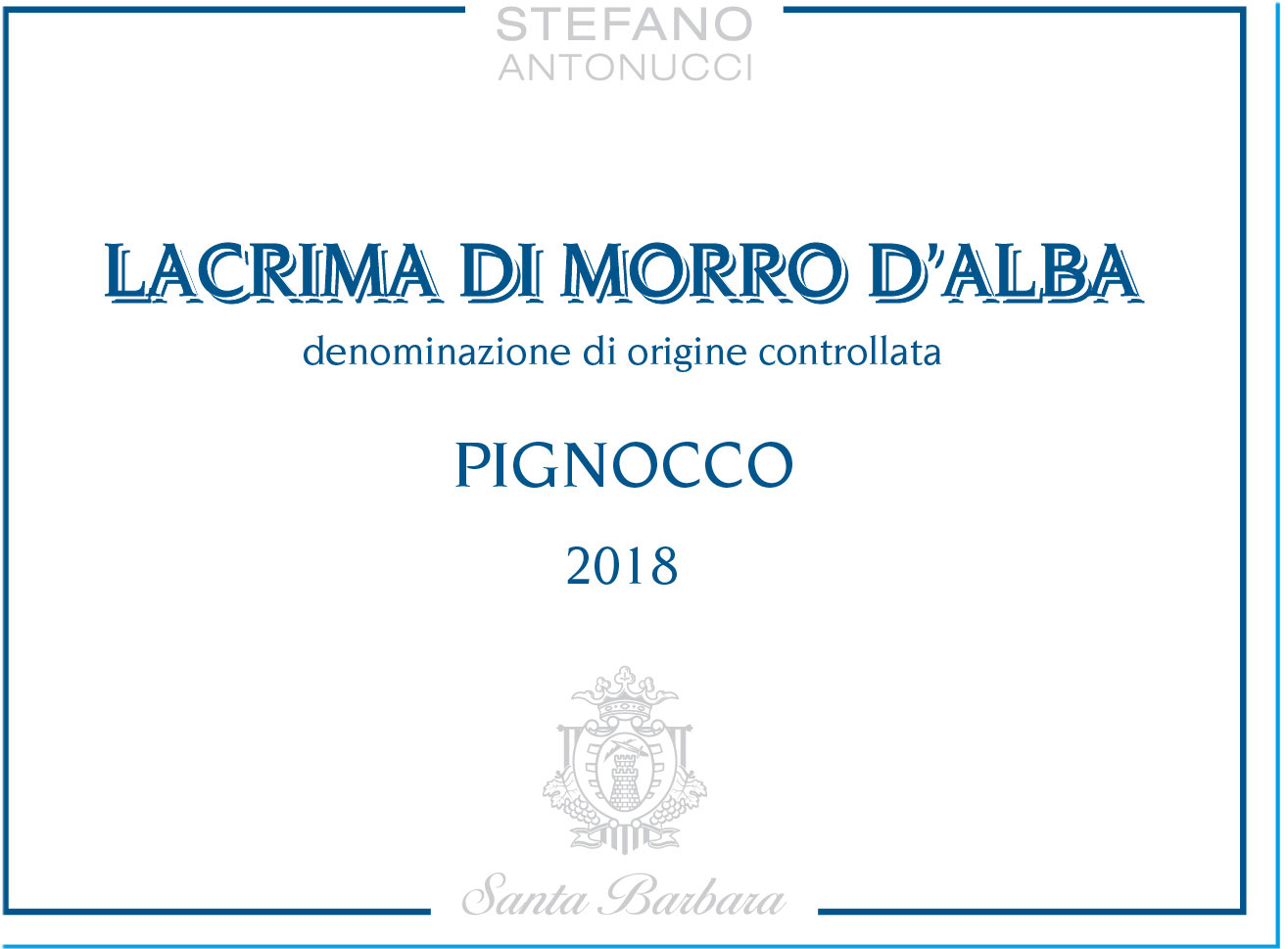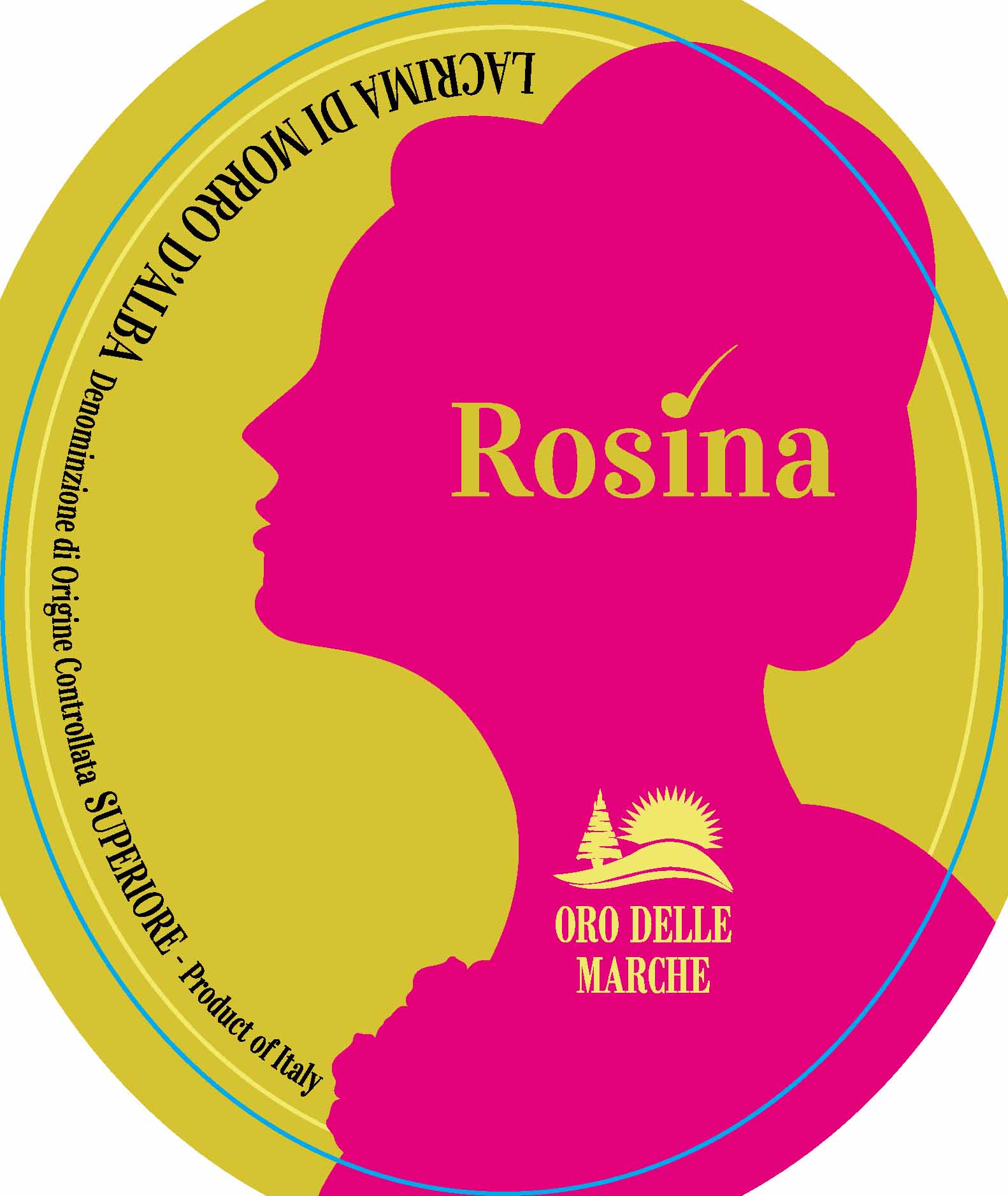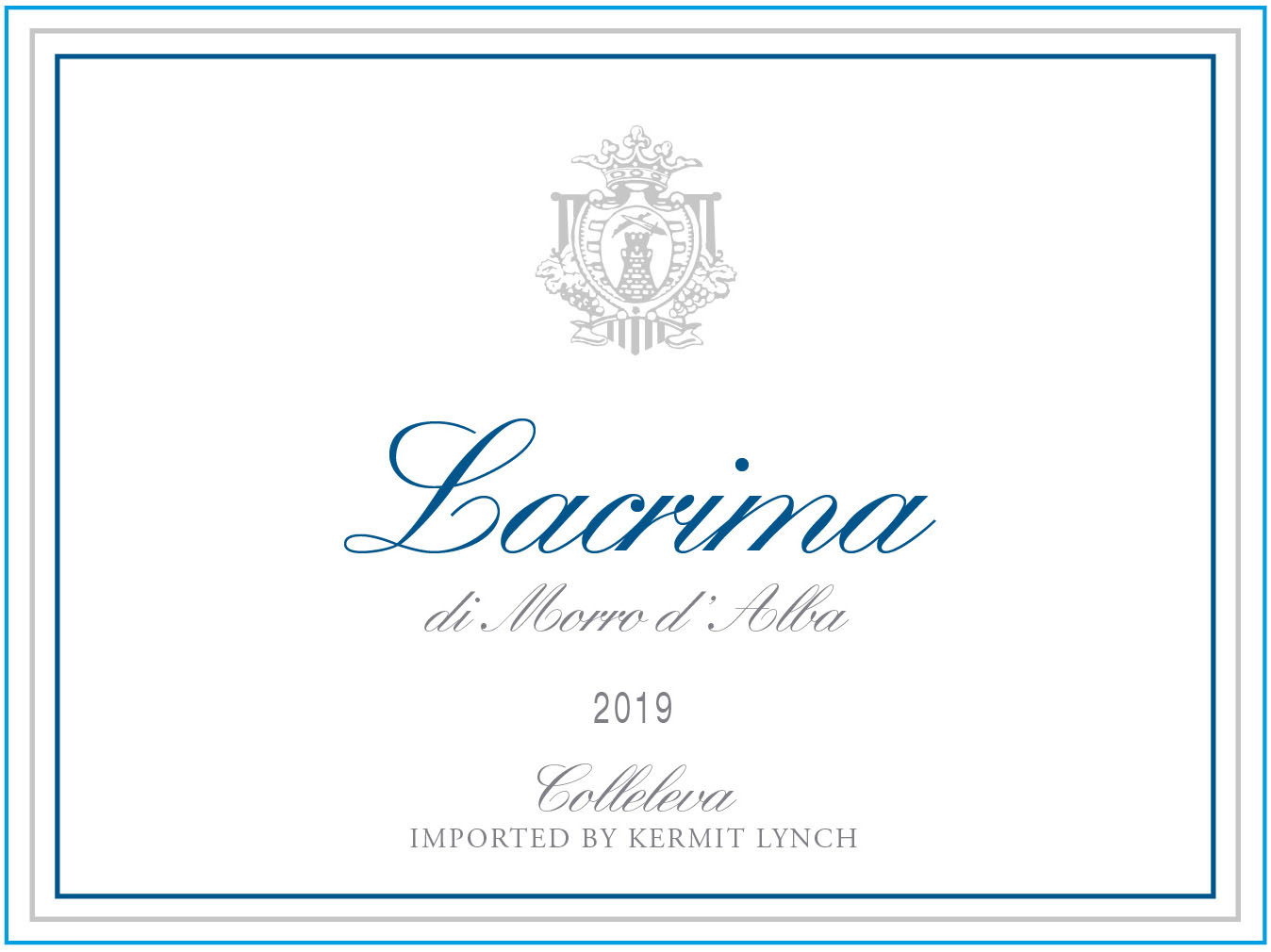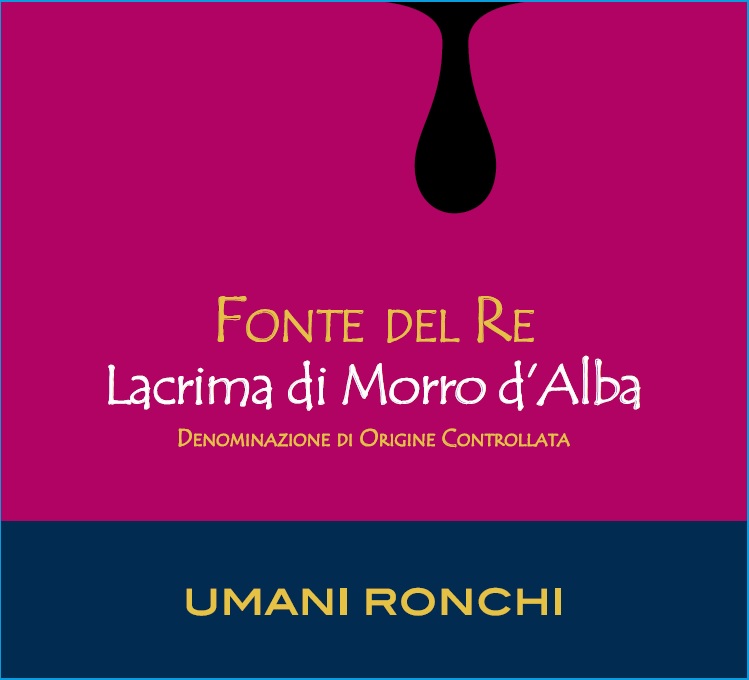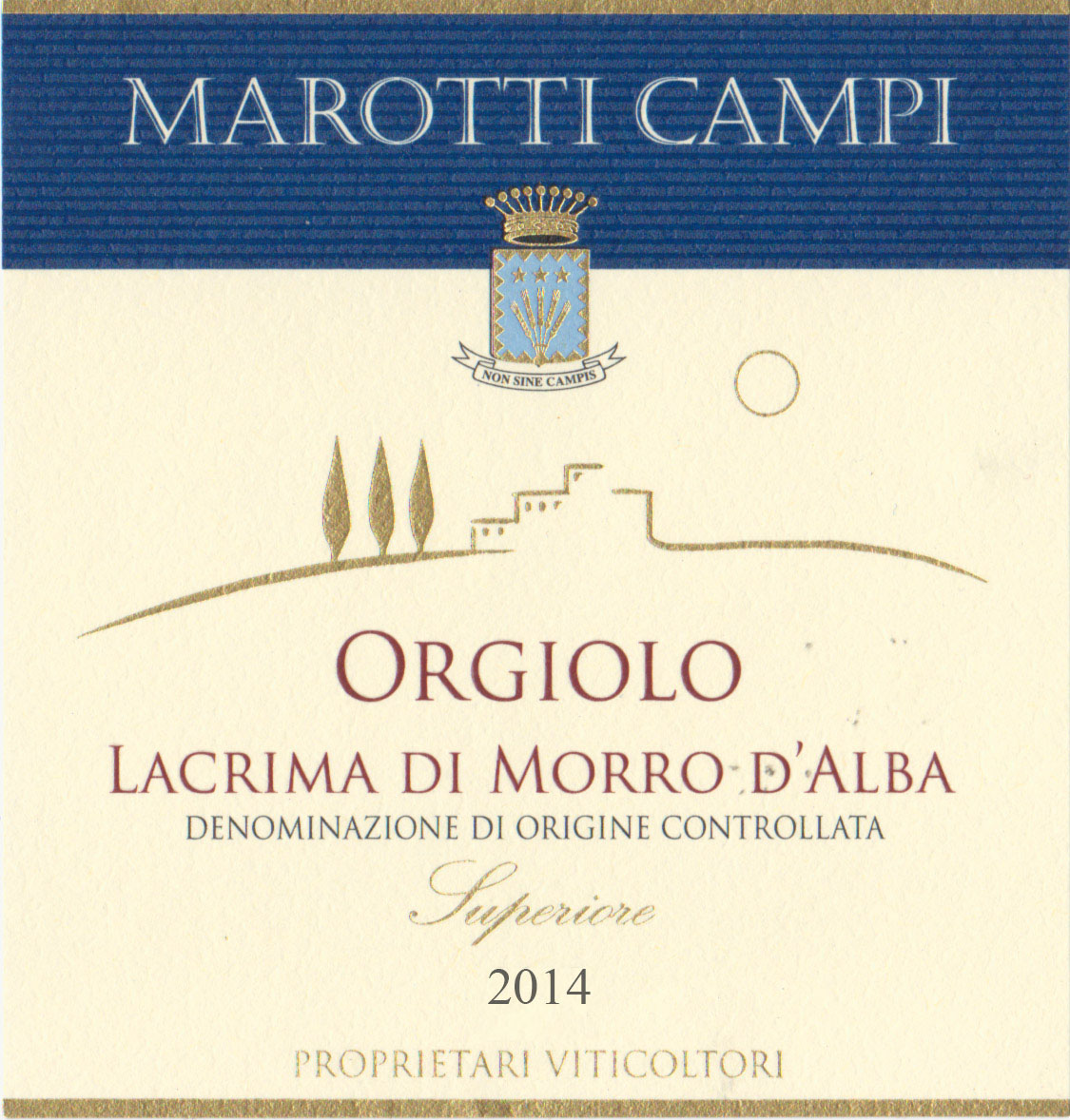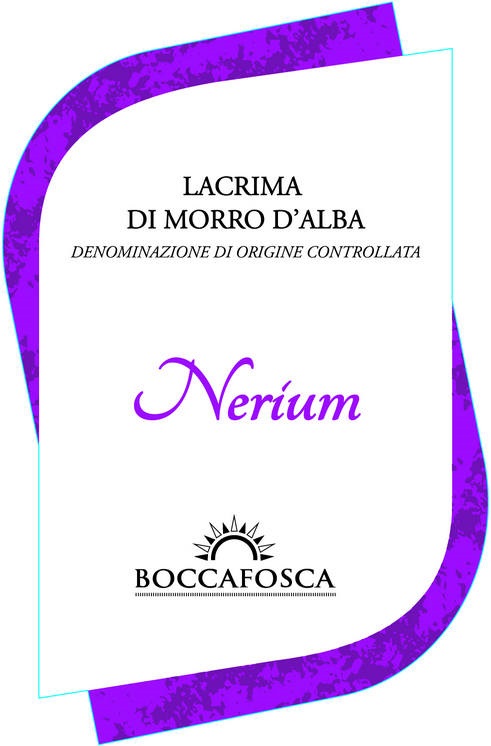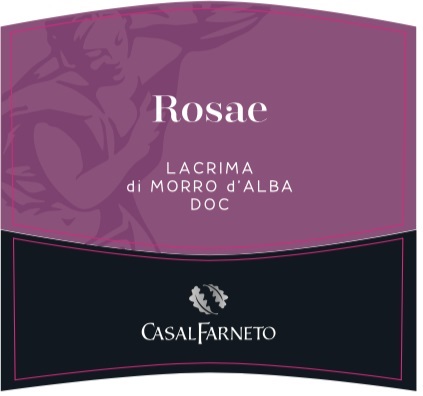Terroir of Alba
The Langhe and Roero regions, part of the UNESCO-listed Piedmont landscape, boast diverse soils and a continental climate, ideal for winemaking. Vineyards span south- and east-facing hillsides at elevations from 200 to 600 meters. The soil is rich in calcareous clay and marl, with renowned blue marls in Barolo and Barbaresco. Limestone, sandstone, and alluvial sand also feature, nurturing grape varieties like Nebbiolo, Barbera, and Dolcetto.
The climate presents warm, dry summers and cold winters, with clear autumn days and cool nights. This broad temperature range enhances grape acidity and flavor, especially in late-ripening Nebbiolo. The autumn fog, or "nebbia," adds a unique touch. The strategic vineyard placements maximize these microclimates, allowing Nebbiolo to thrive on sunny upper slopes and Barbera on cooler, lower areas.
Notable Wineries in Alba
Piedmont, particularly the Alba region, is famous for its rich winemaking history, with several noteworthy wineries continuing this tradition. Here are a few standouts:
-
Fontanafredda: A historic estate in Serralunga d’Alba, known for Barolo and Barbera, offering tastings in its historic cellars.
-
Marchesi di Barolo: Located in Barolo, this winery collaborates with famous vineyards, producing classic Barolo, Barbera, and Dolcetto.
-
Ceretto: Family-run since the early 1900s, Ceretto is renowned for Barolo and Barbaresco, and their efforts to revive Arneis.
-
Gaja: Angelo Gaja's estate in Barbaresco is known for its modern approach to Nebbiolo and Barbera.
-
Produttori del Barbaresco: A cooperative famous for traditional Barbaresco, showcasing the region’s collaborative spirit.
Sustainable Winemaking in Alba
In Alba, sustainable winemaking is a testament to the region's enduring respect for the environment, reflecting its UNESCO heritage. Many producers have shifted to organic or biodynamic practices, avoiding synthetic chemicals and opting for natural solutions like cover crops to prevent soil erosion and boost biodiversity. Hand-harvesting and minimal intervention techniques further underline their eco-conscious approach.
Water conservation is a priority, with many vineyards practicing dry-farming or using drip irrigation sparingly. In the cellar, energy efficiency is key, with solar panels and gravity-flow systems reducing energy use. Lightweight bottles and recycled packaging are becoming the norm, while alternative closures are explored to decrease carbon footprints. These efforts exemplify a commitment to preserving Alba's rich viticultural legacy for future generations.
Wine Tourism in Alba
The Langhe region, especially around Alba, blends history and wine culture, making it ideal for wine tourism. Medieval towns like Barolo and Neive offer stunning views and historic wine cellars. The Castello di Grinzane Cavour near Alba adds historical depth with its regional wine center and museum.
Alba is also known for its food festivals, like the White Truffle Fair, where truffles pair wonderfully with local wines such as Barolo and Moscato. Wine routes like the Strada del Barolo e Barbaresco connect many wineries offering guided tours and tastings. Visitors can explore the vineyards by e-bike or hiking, often stopping for lunch or tastings along the way.
This mix of scenic beauty, cultural heritage, and delicious food makes the Langhe region a top spot for wine tourism.
